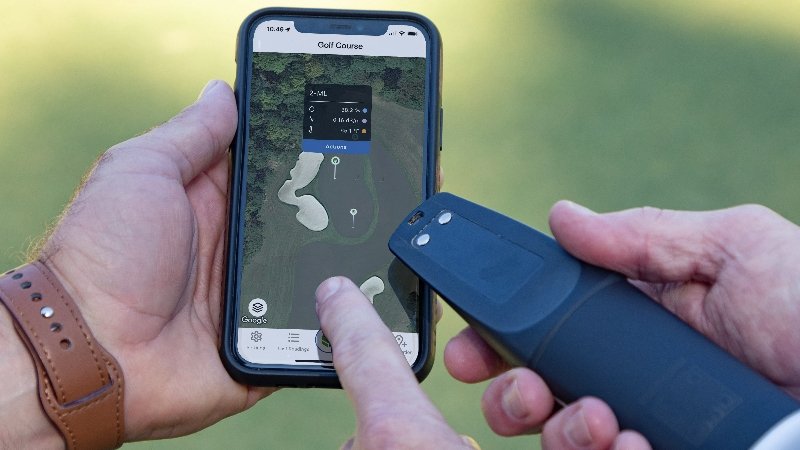Syngenta recently introduced its Spiio soil sensor that measures a host of metrics to help golf course superintendents more efficiently.
The latest addition to Syngenta's focus on providing superintendents with digital solutions to golf turf management is the result of a collaboration between Syngenta and Spiio, a subscription-based, precision agronomy system that automatically provides hyperlocal soil data to turf and landscape managers without manual collection or uploading.
Spiio records and reports hourly measurements of soil temperature, moisture, light and salinity at any area on the golf course through wireless cellular in-ground sensors, providing turf managers with the data necessary to maximize turf health.
Some courses are using just a handful of sensors, while others are using several dozen, said Noel Popoli, Syngenta's digital platforms specialist for the Northeast.
"It depends on the course," Popoli said. "The average number per course is about 10. Some use as few as four, and some have as many as 80 if it is a multi-course property."

How they are dispersed throughout the course also is the discretion of the user.
"What we've found people usually do is put four or five in their greens, some in the fairways and one or two around the clubhouse if they work with a horticultural team," Popoli said.
Users can set soil conditions; establish custom thresholds; view daily, weekly and monthly trends; build and export custom reports; and view soil data on demand via mobile or desktop devices. With unlimited logins, other members of the maintenance team also can monitor the system and set environmental thresholds.
The Spiio system measures soil temperatures from minus-4 degrees to 158 degrees Fahrenheit. They also measure volumetric water content in the soil and display salinity levels in dS/m, mS/cm or TDS.
At just 7.1 inches in length, the sensors can be buried at any depth depending on where in the soil profile users want to monitor.
"The technique we see most often is to put one in a green that is sort of middle-of-the-road, that's not too dry or not too wet," Popoli said. "Then they put one on the wettest green and one on the driest, so they can build a baseline of greens conditions."

